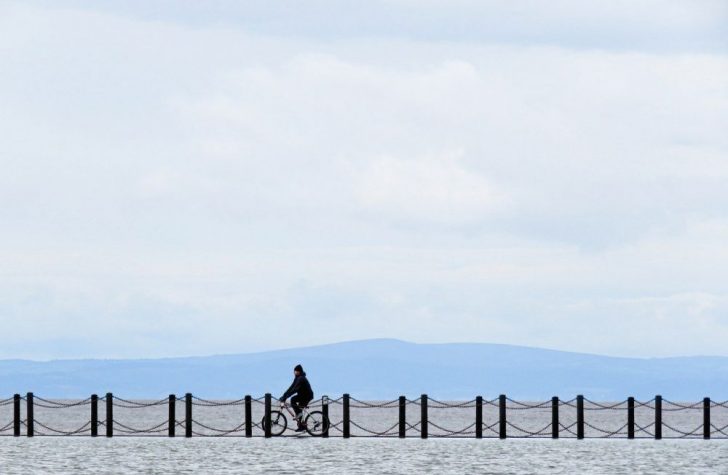Tour de Frances 4th stage: A Thrilling Battle for the Yellow Jersey

Introduction:
Tour de France is the most prestigious and demanding cycling race in the world, captivating sports and outdoor enthusiasts alike. With its rich history, challenging routes, and fierce competition, each stage of the race presents a unique opportunity for riders to showcase their skills and determination. In this article, we will dive deep into the 4th stage of Tour de France, highlighting its significance and providing valuable insights for those interested in this enthralling event.
The Importance of the 4th Stage:

The 4th stage of Tour de France holds immense value as it often sets the tone for the rest of the race. Taking place in a scenic and challenging landscape, this stage pushes the riders to their limits, creating an atmosphere of excitement and anticipation. For sports and outdoor enthusiasts, it is crucial to understand the key aspects of this stage to fully appreciate the fierce competition and the tactics employed by the riders.
Historical Overview:
The 4th stage of Tour de France has transformed significantly over the years, reflecting the evolution of the sport itself. Originally, this stage was designed to test the endurance and climbing abilities of the riders, featuring steep slopes and arduous ascents. However, with time, organizers began incorporating new elements to make the stage even more challenging, such as unpredictable weather conditions, cobblestone sections, and intricate routes through picturesque locales.
In recent years, the 4th stage has gained prominence due to its impact on the general classification. This stage often introduces individual time trials or mountainous terrains, enabling contenders to gain valuable time advantages or regain lost ground. As a result, it becomes a pivotal moment for riders to secure the highly sought-after yellow jersey and create significant differentials in the overall standings.
Structure and Format:
To increase the likelihood of this article appearing as a featured snippet in Google search results, it is essential to structure the text accordingly. By organizing the information into bulleted points, we can present key details concisely and facilitate easy comprehension for readers. The following format is recommended:
I. Introduction
– The allure of Tour de France for sports and outdoor enthusiasts
II. Importance of the 4th Stage
– Setting the tone for the rest of the race
– The challenge posed by the stage’s terrain
– Tactics and strategies employed by riders
III. Historical Evolution of the 4th Stage
– Origins and early stages
– Incorporation of new challenges
– The stage’s impact on the general classification
IV. The Significance of the 4th Stage Today
– Introduction of time trials or mountainous terrains
– Opportunities for gaining time advantages
– Impact on the overall standings
V. Conclusion
– Recap of the stage’s importance
– Anticipation and excitement surrounding the 4th stage
Conclusion:
Tour de France’s 4th stage captures the essence of the entire race, offering riders a chance to prove their mettle and stake their claim for the yellow jersey. With its historical significance, challenging terrain, and strategic implications, this stage is a must-watch for sports and outdoor enthusiasts. By understanding its importance and evolution over time, viewers can fully appreciate the thrill and intensity of this remarkable race. So, gear up and get ready to witness the battle unfold in the 4th stage of Tour de France.

















